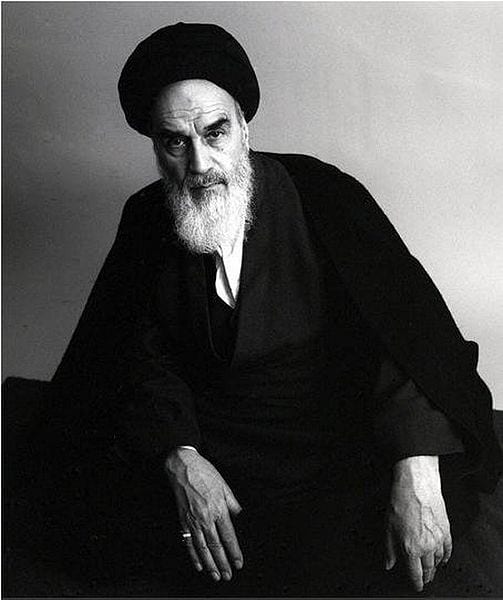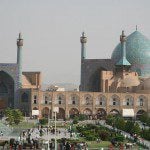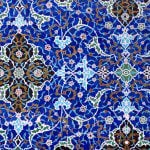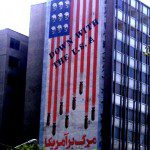
Wikimedia Commons public domain photograph
Back in November, I launched a series of posts about my one and only trip to Iran:
Incidentally, I think that I failed to mention, in that first entry, that, despite having arrived in the airport at Tehran around midnight, the sun was rising by the time we had completed the reception, the interviews, the hotel registration, and so forth. And then our meetings began at around 10 AM.
Unfortunately, though, that was my one and only blog entry in the promised series. I headed other directions after posting (including Australia later in November and Egypt in December) and I didn’t get back to it. So maybe now I’ll try again. What follows, here and hereafter, won’t be a systematic narrative, but a series of memories — perhaps not in chronological order — that I want to preserve, if only for myself and my family. It’s been many years, and things fade.
One thing that I quickly figured out was that the Iranians felt that, in having me there, they didn’t have merely a professor from Brigham Young University. Rather, they regarded me as a high-ranking Christian ecclesiastical official. I lost track of how many television interviews I did. At least seven. Possibly as many as nine. (Plainly, government-monopoly television programming in fascist theocracies can be rather dull. And quite desperate.) And they kept introducing me as “a leader of the Church of Jesus Christ of Latter-day Saints.” In fact, on one occasion, the interviewer identified me as “the President” of the Church. I remember thinking to myself, “I hope that Elder Packer doesn’t watch Iranian state television!” I kept correcting them; they kept doing it.
On another occasion, a few of us were taken to visit the home of the late Ayatollah Khomeini. It was a very curious place. Adjacent to it was a kind of art museum, devoted to paintings of and about Khomeini, the leader of the 1979 Iranian Revolution and, until his death, the “Supreme Guide” of the Islamic Republic of Iran. One of them showed his entry into heaven. Another, which reminded me rather amusingly of the opening scene of The Sound of Music, with July Andrews whirling around in a meadow in the Austrian Alps, showed the Ayatollah crossing a green mountain landscape with vivid red tulips springing up in his footsteps behind him. The weirdest item was a five-minute film on a continuous loop showing doctors at his deathbed, struggling vainly to save him and then lamenting his passing. Coupled with it was a five-minute loop of his heart monitor, finally flat-lining before it started all over again.
Afterwards, an Iranian television crew wanted my opinion of the Ayatollah. Very aware of the fact that I was in a country without an American embassy but with a lethally unpredictable judicial system and a deep hatred for the “Great Satan,” I opted for non-committal diplomacy: The Ayatollah Khomeini, I declared, was plainly very dedicated to his beliefs.












